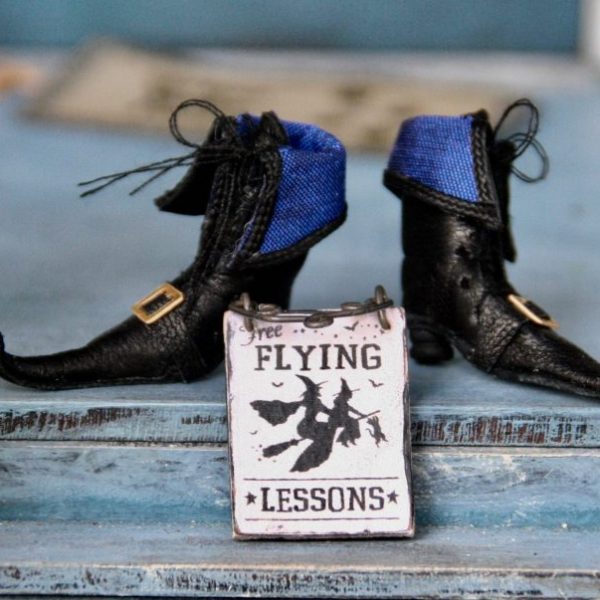To London, with Love: Dazzled and Deceived by Nature
Ivan Lett—
Before I was seduced by the glitz and glam of book publishing, a little-known fact was that I wanted to be a geneticist. Call me crazy, but to this day if someone starts talking polymorphisms and alleles, I start foaming at the geeky mouth. Misanthrope that I am known to be more often than not, the most fascinating aspects I found were human genomics and evolutionary biology. Still, I let all my Darwin talk become social Darwin talk, which meant digging into Victorian history and literature, leaving me with a head permanently stuck in nineteenth-century patterns of thought.
 Peter Forbes has done an infinitely more admirable job of mixing his various interests within arts and sciences. As a popular UK-based science writer, he focuses on the relationship between art and science, and invoking art historian E.H. Gombrich (no doubt you’ve heard him mentioned around here) in his Warwick Prize-winning book, Dazzled and Deceived: Mimicry and Camouflage, Forbes quotes:
Peter Forbes has done an infinitely more admirable job of mixing his various interests within arts and sciences. As a popular UK-based science writer, he focuses on the relationship between art and science, and invoking art historian E.H. Gombrich (no doubt you’ve heard him mentioned around here) in his Warwick Prize-winning book, Dazzled and Deceived: Mimicry and Camouflage, Forbes quotes:
The evolution of convincing images was indeed anticipated by nature long before human minds could conceive this trick…the art historian and the critic could do worse than ponder these miracles. They will make him pause before he pronounces too glibly on the relativity of standards that make for likeness and recognition.
A very lovely way to say: nature is awesome; moreover, it’s within us and circumscribes our perspective of beauty in both the natural and artificial worlds. We are captivated and dazzled by nature’s beauty—the signals of colors and body types, the mimetic closeness of one trait to another, and the patterns that emerge. We base intelligence on an ability to distinguish; why not revel in distinguishing pursuits?
Forbes writes himself: “Deception has always played a large role in human affairs…Ambiguity and disguise exert a powerful hold on the human imagination. Mistaken identity, whether intentional or accidental, has permeated myths, legends and literature.” These are the avenues in the natural world that he explores in Dazzled in Deceived, from Joseph Brodsky and coral snakes to Cubism and butterly-pattern masterplans of war. And of course, camouflage has always been an important tactic in war, but observing animals and camouflage in nature—whether as spectacle, or danger, or inspiration, has occupied many hours of collecting, hunting, and copying into our own lives.
These traits are ones that we may equally impose on and draw from nature’s canvas, but as part of that canvas, we must always be mindful of the human affinities to dazzle and deceive. That is one pattern I will certainly aim to duplicate.
Ivan Lett is Online Marketing Coordinator for Yale University Press.



